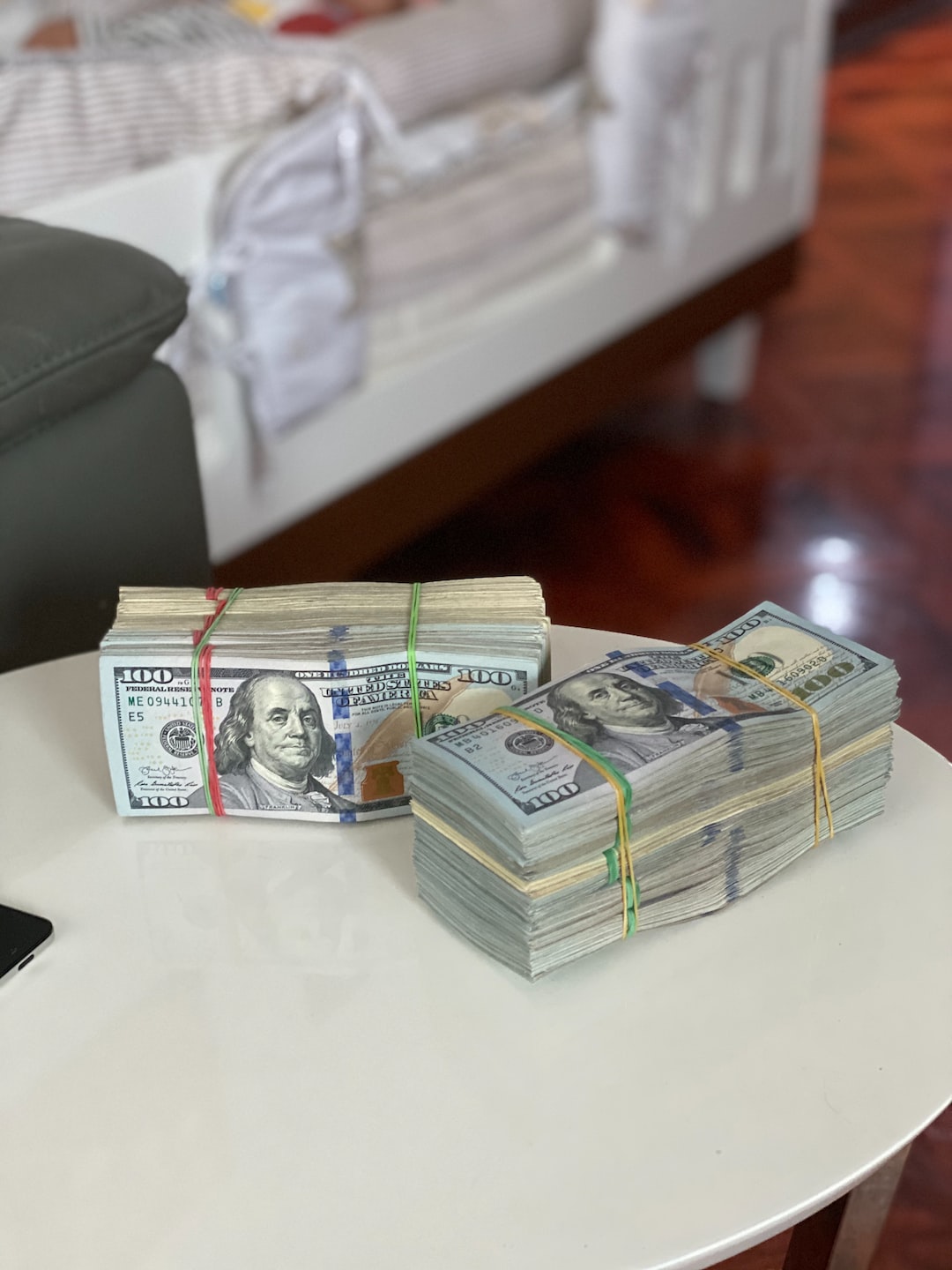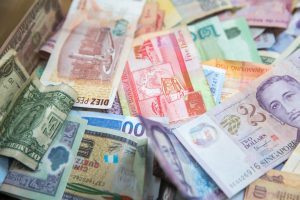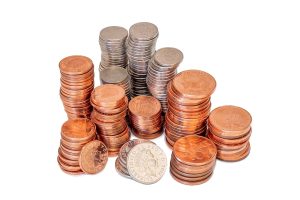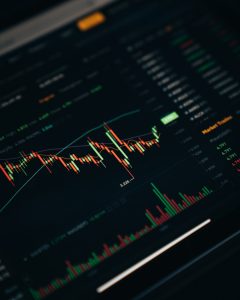Forex trading, also known as foreign exchange trading, is the process of buying and selling currencies with the aim of making a profit. It is a decentralized market that operates 24 hours a day, five days a week, around the world. Trading in the foreign exchange market involves the exchange of one currency for another currency at an agreed exchange rate. The exchange rate is the value of one currency in relation to another currency.
To explain forex trading, it is important to understand the basic concepts and terminology of the foreign exchange market. Here are some of the key terms and concepts to know:
Currency Pair: A currency pair is the quotation of two different currencies, with the value of one currency being expressed in terms of the other currency. For example, the EUR/USD currency pair represents the exchange rate of the euro against the US dollar.
Bid and Ask Price: The bid price is the price at which a trader can sell a currency pair, while the ask price is the price at which a trader can buy a currency pair. The difference between the bid and ask price is called the spread.
Leverage: Leverage is the use of borrowed money to increase the potential return on investment. Forex traders use leverage to gain exposure to a larger position than their capital would allow. However, leverage also increases the risk of loss.
Margin: Margin is the amount of money that a trader needs to deposit with a broker to open and maintain a trading position. Margin requirements vary depending on the broker and the currency pair being traded.
Pip: A pip is the smallest unit of measurement in the forex market. It represents the fourth decimal place in a currency pair. For example, if the EUR/USD currency pair moves from 1.1000 to 1.1001, it has moved one pip.
Now that we have covered some of the basic terminology, let’s look at how forex trading works. The goal of forex trading is to buy a currency pair at a low price and sell it at a higher price, or to sell a currency pair at a high price and buy it back at a lower price. The difference between the buy and sell price is the profit or loss.
Forex traders use technical and fundamental analysis to identify potential trading opportunities. Technical analysis involves using charts and technical indicators to analyze past price movements and identify patterns that may indicate future price movements. Fundamental analysis involves analyzing economic and political factors that may affect the value of a currency.
Once a trader has identified a potential trading opportunity, they will place a trade through a broker. The broker will execute the trade on behalf of the trader and charge a commission or spread for their services. If the trade is profitable, the trader will make a profit, and if the trade is unprofitable, the trader will incur a loss.
It is important to note that forex trading involves a high degree of risk. The foreign exchange market is highly volatile and can be affected by a wide range of factors, including economic data releases, political events, and market sentiment. Forex traders should always use risk management strategies, such as stop-loss orders, to limit their losses.
In conclusion, forex trading is the process of buying and selling currencies with the aim of making a profit. The foreign exchange market is a decentralized market that operates 24 hours a day, five days a week, around the world. Forex traders use technical and fundamental analysis to identify potential trading opportunities and place trades through a broker. It is important to understand the basic terminology and risks involved in forex trading before getting started.





